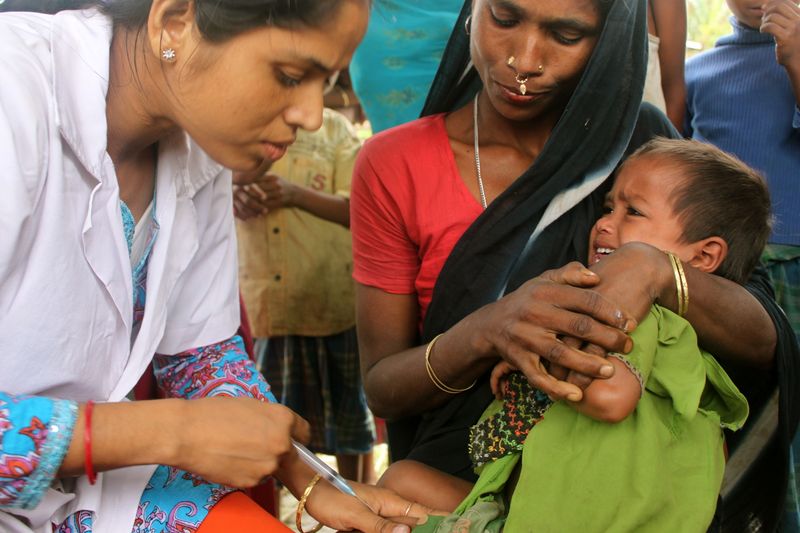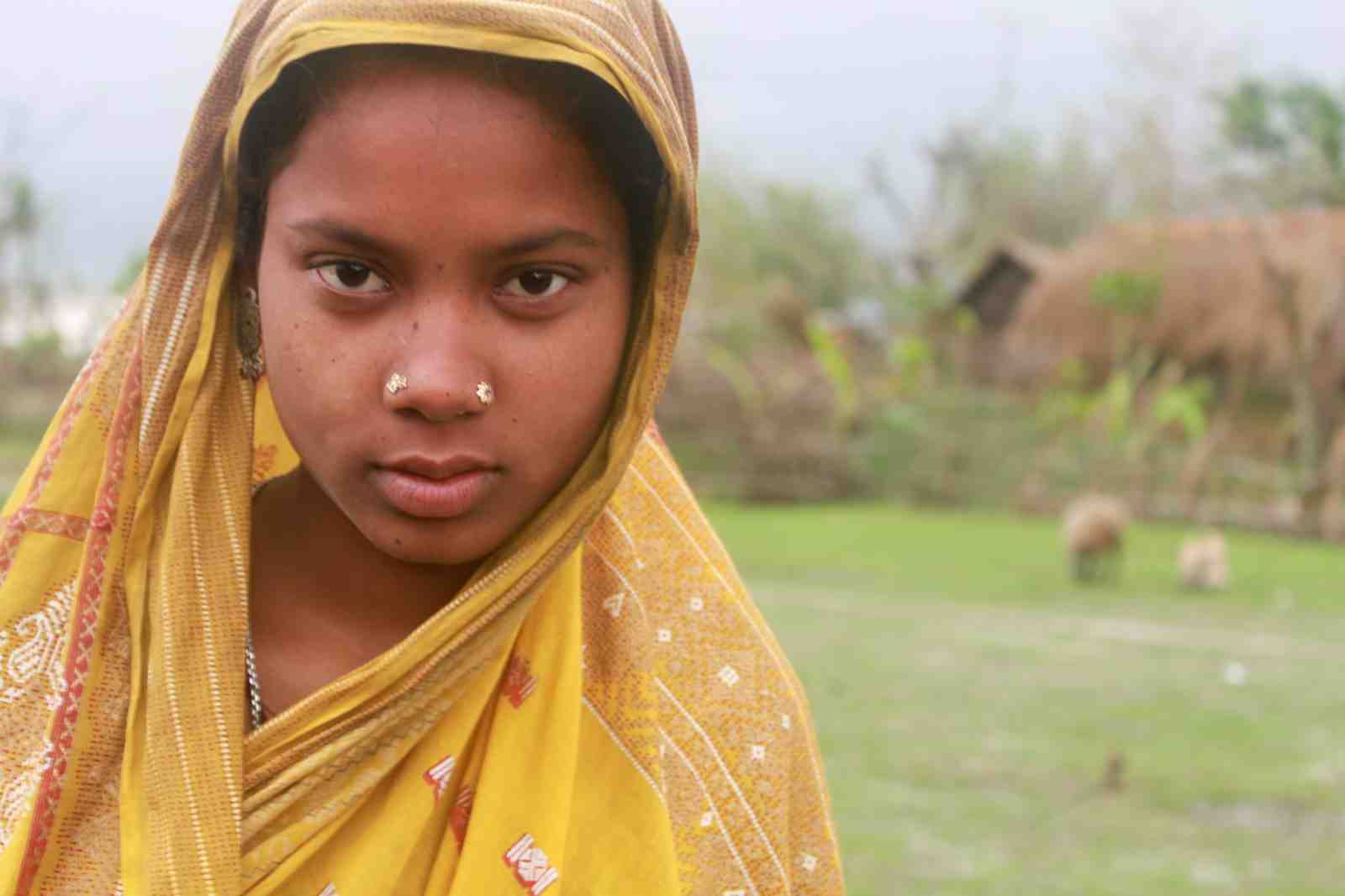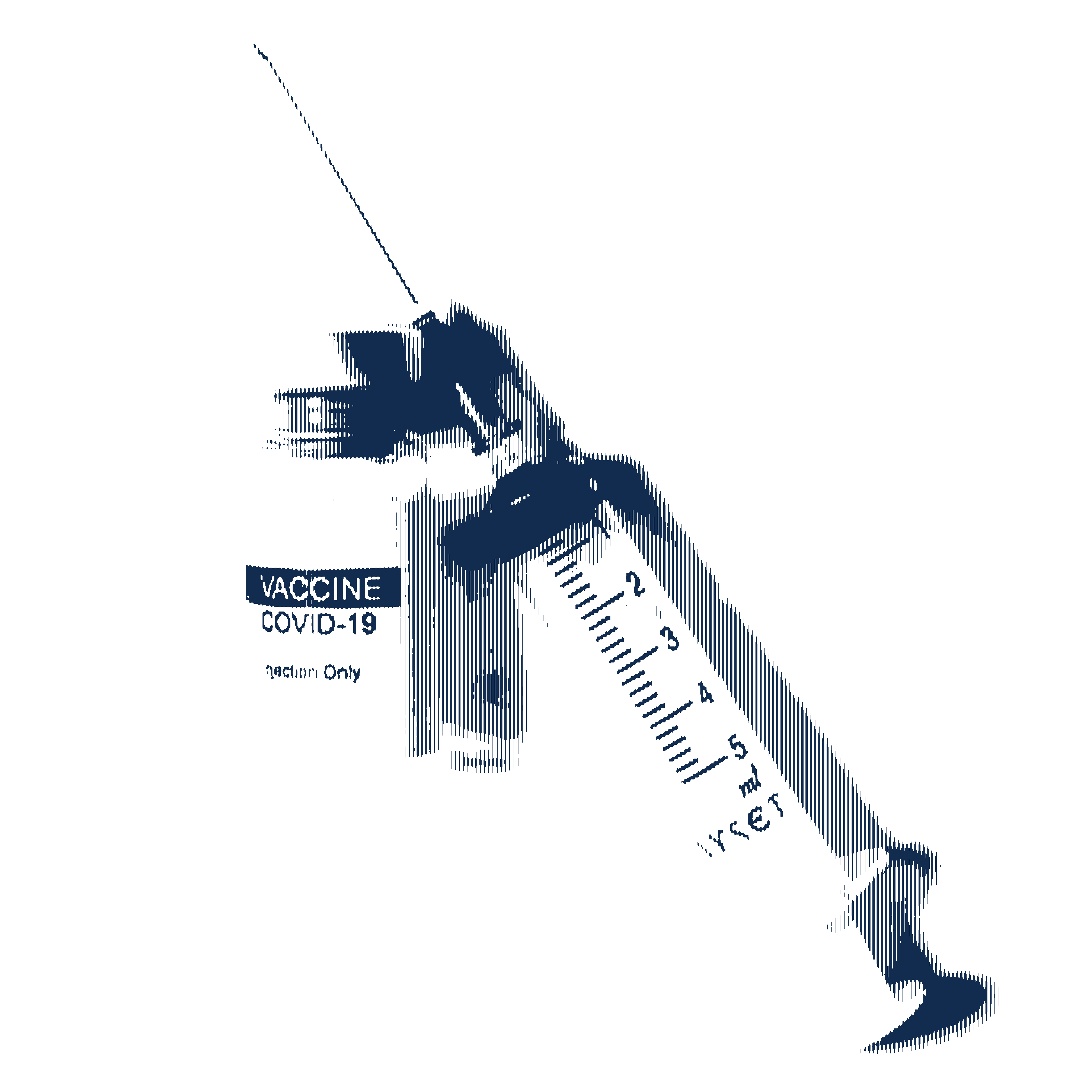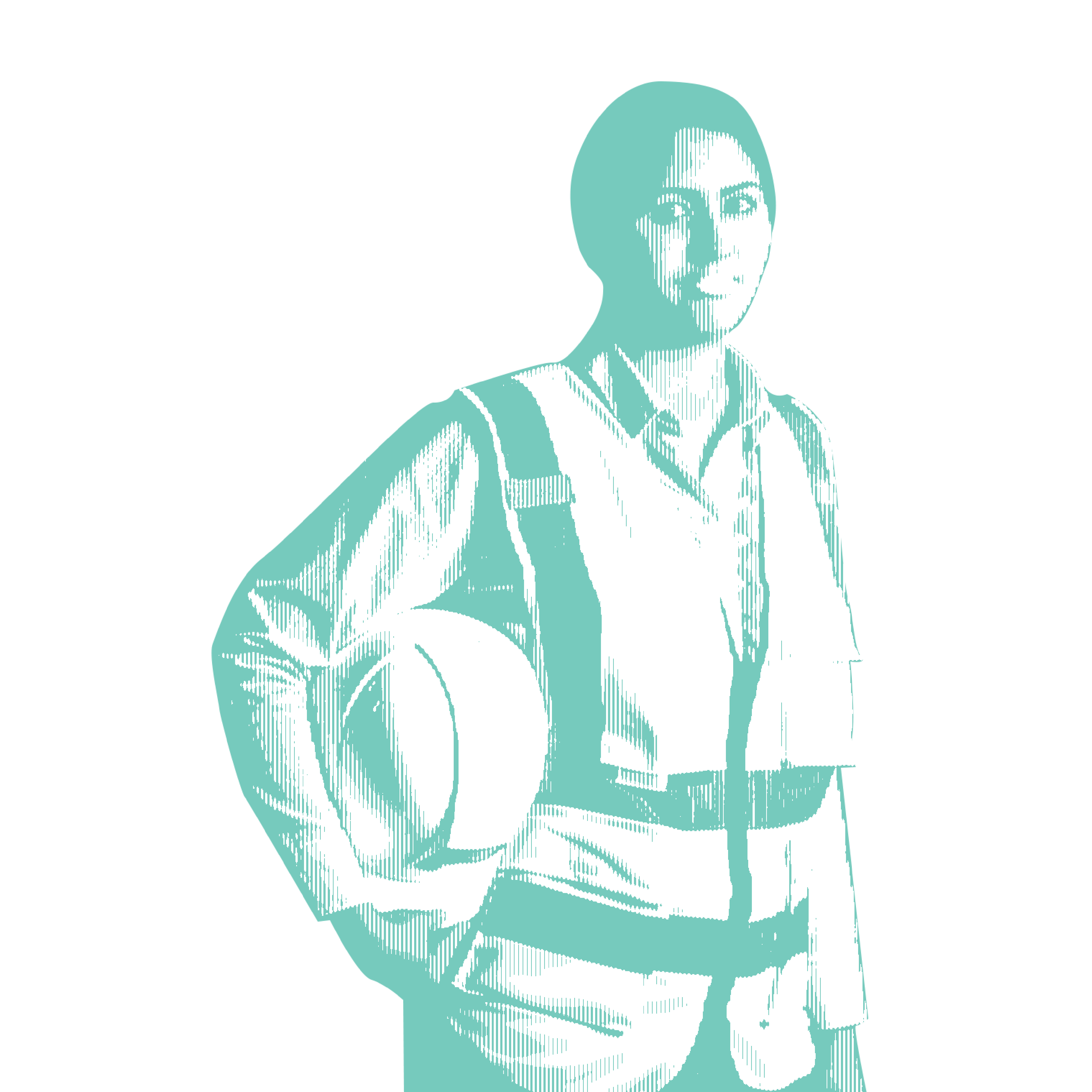
After a couple hours of cruising down the Brahmaputra River, the boat clinic arrives at a desolate mud bank. A fisherman nearby dips his pole into the water and pulls up a large net. Two community workers emerge from the boat and set off with a box of medical supplies towards the thatch-roof homes in the distance.
The doctors, nurses and I follow behind, zigzagging through the rain-soaked grass. We take off our shoes to wade through the flooded areas. The air feels fresh and crisp. With no roads or vehicles on the island, the only sounds we hear are roosters, cows and our feet sloshing through the water.
About 1,200 Bengali-speaking Muslims live in Azimor village. They have no electricity, toilets or clean drinking water. There is a primary school, which consists of a one-room structure made out of bamboo walls and a tin roof. The week before our arrival a storm had picked up the school and dropped it off in another part of the village.
When the children pass grade four at about nine or 10 years of age, they must go to secondary school on another island about four kilometers away. For most, the long and relatively expensive journey by foot and boat prohibits them from continuing school.
We reach the village, and the pharmacist from the boat sets up a table of medications as barefoot children gather around. Women in colorful saris and headscarves clutch their babies as they line up for immunizations from the boat nurses.
Ten boat clinics, run by the Centre for North East Studies and Policy Research and supported by the Indian government and UNICEF, bring basic health care to isolated island villages like this one. About 3 million people live on the Brahmaputra River, and the clinics have served about 300,000 of them in the past five years. For many, the boats provide their first experience with a medical professional. Read more about C-NES and listen to an interview with managing trustee Sanjoy Hazarika at my previous posting.
It begins to pour, and the mothers huddle under an open-air structure with a tin – leaking – roof. "This is the main problem," says Ashok Rao of C-NES, as he takes shelter from the rain. The storms and human activity cause the islands to erode, and the families must move over and over. On some islands, families have been displaced six or seven times, Rao says. With each move, they must build new makeshift homes and start anew.
The displacement also affects their healthcare. The doctors return to an island to give children their next immunization dosage or perform antenatal checkups for pregnant women, but when they get there, they learn the family has been forced to move.
"The water makes them so vulnerable," says C-NES doctor Ruhul Amin, 27. "They can't stay in the same place."
The boat clinics work with community health workers, called Accredited Social Health Activists or ASHAs. Part of the Indian government's National Rural Health Mission, ASHA workers serve as a liaison between the village members and health professionals. The ASHA workers receive compensation for bringing a woman to a health facility to give birth and for getting children immunized. India has trained and began working with 250,000 ASHA workers in 10 states across the country, according to the Ministry of Health and Family Welfare.
Ful Mala Begum, 30, is one such worker. She takes responsibility for ensuring that the pregnant women in the village get their antenatal checkups when the boat clinic arrives, and she gives them counseling on how to eat well.
Asked what she tells them to eat, she says through a translator: "We are poor people; we don't have good things to eat. We must use whatever is available, mostly fruits and vegetables."
One of Begum's biggest tasks has been to convince the women to give birth at a primary health center about one and a half kilometers away rather than have the delivery at home like their families have done for generations. In the beginning, she says, the women were reluctant to go to a doctor at all because they did not want to reveal their bodies to a male physician.
"Previously, due to lack of awareness and their religious beliefs, they did not feel like going to a doctor and showing themselves," she says while sitting in the makeshift school. As she talks, the doctor from the boat tends to patients a few feet away.
Begum says she would return to the women's homes again and again, telling them they needed to give birth at the health center in case of a medical complication. She would also tell the women about the government's recent policy to give 1,400 rupees ($30) to every mother who gives birth in a medical facility.
Eventually, Begum's message began to sink in.
"Now they are beginning to go," she says, as the splattering of rain can be heard in the puddles outside the schoolhouse. In the past four years, Begum says she has brought about 60 women by bicycle or handcart, across a small stream, to the health center for delivery.
While more mothers are giving birth in the health center, they are not receiving the benefits that was promised to them, Begum says. The government gives the 1,400 rupees by check in the mother's name, but none of the women who live on this island have bank accounts. They do not even have a bank to open an account in.
To get the money, a woman must take a market boat from the island to the mainland and then walk to Mukalmua, the nearest town. If a woman leaves the island at 7 am, she would not return home until 4 pm in the afternoon, Begum says. Most women, who have just given birth and have other responsibilities like older children to care for, do not have the time or resources to spend a day opening a bank account.
Despite the bank account issues, Begum says more and more women agree to give birth at the health center.
"I'm happy that I'm able to serve the community. And I'm happy I can get some income," Begum says as the crowd of women standing around to listen break into laughter. "After I die, the Lord will bless me."
Follow Hanna's reporting from Assam on Twitter: @Hanna_India






